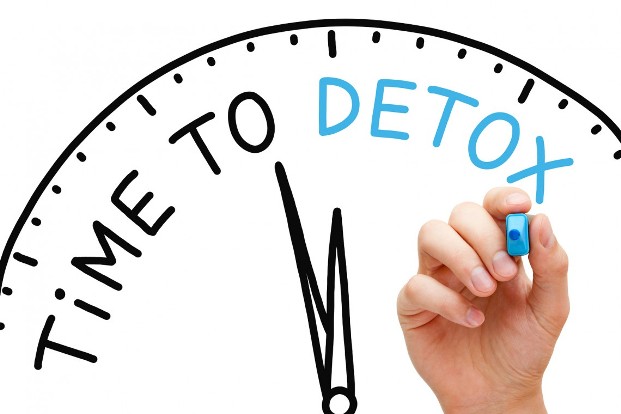Opioid Use Disorder and Detoxification

Most opioid addicts tend to abuse multiple drugs. Reliance on an opioid substance like prescription painkillers prompts potentially dangerous withdrawal symptoms. Through the intervention of detox and rehab facilities https://www.ascendantny.com/, the opiate disorder can be treated through the integration of medications and counseling.
Opioid Abuse
Opioid addiction is a chronic medical condition also referred to as narcotic addiction. Prolonged use of opioids induces changes to your brain. The opiate use disorder alters the circuits that handle mood and reward behavior. Long-term abuse of these drugs affects almost all of your body’s systems.
Opiate Detoxification
Engaging in an opioid addiction treatment under professional monitoring helps you stay safe during phases of withdrawal symptoms. Opioid withdrawal symptoms may last for days or weeks depending on the drug abused, amount of drug consumed, and duration of abuse.
Withdrawal symptoms lingering from opioid use disorder causes relapse. Psychological and social factors play an integral role in pushing back an addict to using opioids. Stressful situations trigger the idea of the pleasure you can gain after use.
To successfully attain a life-long, opioid-free lifestyle, detoxification centers and rehab facilities incorporate the use of medication, counseling, and therapy programs.
Withdrawal Symptoms associated with opium drugs
- Intense cravings for drugs
- Large pupils
- Diarrhea
- Body aches
- Belly pain
- Nausea and vomiting
- Agitation and bad mood swings
- Yawning
- Chills and goosebumps
Medications used during opioid detox
Medications during opioid detox help a recovering addict through withdrawal and mitigate symptoms. Some of the medicines used to ease symptoms include:
Methadone (Dolophine, Methadose): It is a medical prescription that affects the same parts of your brain as the drug being abused. It mimics the effects of opioids in an attempt to lower the dosage of medicine. The medication doesn’t get you high, rather prevents withdrawal symptoms and eases drug cravings. The clinician should initiate the use of the drug.
Naltrexone: It doesn’t ease withdrawal cravings and symptoms; rather, the medication blocks the opiate receptors. It works perfectly as a part of a broad recovery treatment program. The intake of the drug is through the mouth (Revia) or injection (Vivitrol). The medication is used after the detox process.
Buprenorphine: the medication is approved for the treatment of opioid dependence. Once consumed, it hits the brain receptors just like a drug being abused but with fewer effects. It is used in combination with naloxone. Buprenorphine comes in various forms of tablets (Suboxone, Zubsolv), skin patches (Butrans), shots (Sublocade, Buprenex), and implants that go under the skin for about six months (Probuphine).
Lofexidine hydrochloride (Lucemyra): It is used to ease opioid withdrawal symptoms rapid detoxification.
Clonidine: It is used to reduce the symptoms of acute and post-acute withdrawal.
Rapid Opioid Detoxification (ROD)
Doctors within hospital settings induce rapid withdrawal to patients by placing them under IV sedation with one-to-one medical monitoring. The IV sedation entails anesthesia medication that keeps the patient asleep through their withdrawal. Thus they won’t experience the intense pain associated with the withdrawal process.
Side effects associated with Rapid opioid detoxification
- Intense cravings
- Nausea
- High body temperature
- Vomiting
- Aspiration
- Adverse effects like coma, choking, or possible death.
Duration of Opioid detoxification
Since opioids use disorder integrates high relapse rates, the process of detoxification is usually ongoing. The length of an individual detox depends on;
- Type of opioid used
- How long the user has been taking opioids
- Overall health, age, and gender
- Level of opioid reliance
- Method of detoxification
- Dosage intake
Conclusion
Dependence on opium drugs leads to hazardous side effects. Opioids are some of the most addictive prescription drugs on the market. Opioid detox tends to purge toxins from the addicting system. After a successful detox, individuals take Naltrexone medication to reduce cravings.




